Top ten steps for safer travel
Below is a summary of the top ten steps for safer travel, and what can be done by those responsible for transporting children in motor vehicles to ensure their optimal safety. Each of these issues and the evidence that supports each of the best practice recommendations can be found in the detailed consumer guide, and associated national best practice guidelines publications. These are just some of the key ways to ensure the child/children you are transporting are optimally restrained on every trip. For further information contact your local road traffic authority or accredited restraint installer.
-
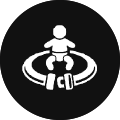
Always buckle up
The use of any restraint is preferable to not using a restraint.
-

Rear facing as long as they fit
Infants are safest if they remain in their rear facing restraint as long as they still fit in it.
-
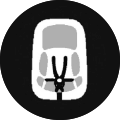
Inbuilt harness as long as they fit
Once a child is too tall for their rear facing child restraint, they should use a forward facing child restraint with an inbuilt harness as long as they still fit in it.
-
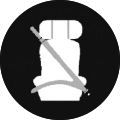
Booster seat as long as they fit
Once a child is too tall for a forward facing child restraint, they should use a booster seat with a lap-sash seat belt until they are tall enough to fit properly into an adult seat belt.
-
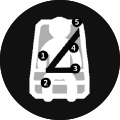
Seat belt? Check 5
Have you taken the 5 step test? Your child will fit the seat belt in different cars at different ages. Does your child meet the 5 step test? If not they should remain in their booster seat.
-
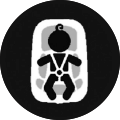
Correctly fitted and adjusted
All child restraints and booster seats must be installed correctly and the child buckled in correctly, according to the manufacturer’s instructions.
-
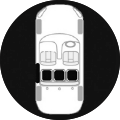
Safest in the back seat
Children 12 years of age and under are safest in the rear seat.
-
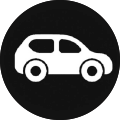
Is your car right for the job?
When planning any journey with children, use a motor vehicle which allows each child to be in the appropriate restraint for their size.
-

Accessorize correctly
Never add accessories to the restraint that were not provided by the manufacturer with the restraint.
-
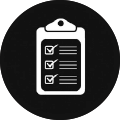
Regular car seat check ups
Check your restraint regularly to ensure it is still installed correctly and adjusted for the child – an accredited restraint installer can help with this.
